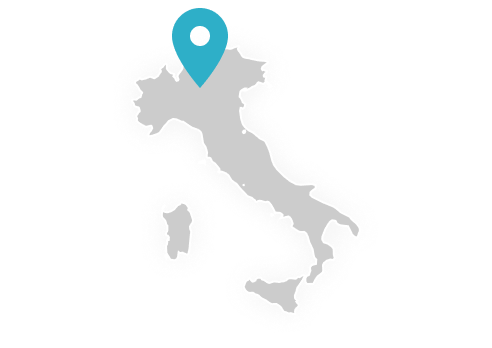Digital transformation enables companies to expand their capabilities and reach, as well as maximize the value chains associated with assets and operations. Key technologies such as cloud computing, industrial Internet of Things (IIoT), artificial intelligence, and augmented and virtual reality are transforming traditional industrial operations. These innovations provide unprecedented potential for business growth. But they also bring new risks to the modern enterprise, such as cybersecurity and data privacy. Still, digital transformation in the manufacturing industry is a strong trend.
BENEFITS OF DIGITIZATION FOR MANUFACTURING COMPANIES
With the help of digital technologies, you can design, manufacture, deliver, support, and service products faster, more efficiently, and at a lower cost. Consolidating never-before-seen data streams, improving visibility and analysis of operations, and delivering actionable insights based on better information helps increase enterprise productivity by:
- reducing unplanned downtime;
- improve compliance with regulatory and safety requirements;
- integration of supply logistics with customer service;
- optimization of maintenance strategies;
- raising awareness of the situation at the enterprise;
- waste reduction;
- improve overall equipment efficiency (OEE).
The key to achieving these benefits is to create a continuous flow of process and production data that is integrated with historical operational information and then augmented with context to gain new insights about your entire plant. In other words — digital transformation in smart manufacturing.
The enterprise may already have data stored in archive programs or 3D models of production facilities and assets. However, new digital tools can take advantage of these existing data repositories and combine them with operational information. This process provides a better understanding of achieving maximum value creation in the life cycles of assets and operations. Digital transformation in manufacturing will enable employees to make thoughtful, data-driven actions to identify and address problems at their source before they become critical and cascade into further issues.
WHAT ARE THE KEY TECHNOLOGIES AND TRENDS OF DIGITAL TRANSFORMATION IN MANUFACTURING?
INTERNET OF THINGS (IOT)
Internet of Things is one of the key technologies on which digital information is based. The fact that many household appliances are connected to the mains is commonplace. Still, gradually, more and more objects of the physical world are connected to the Internet, making it possible to collect information and remotely control these objects.
The next stage in the development of the Internet of things is the interaction of things not only with a person but also with each other, which will allow for automated interaction on conveyor lines, in equipment maintenance and repair systems, in logistics, and many other areas of business.
AUGMENTED REALITY
One of the most promising is augmented reality technology, which allows you to add objects from the virtual world to the real world. Games with elements of augmented reality are actively spreading. Augmented reality is already being tested in cars. Digital transformation in smart manufacturing also uses augmented reality.
VIRTUAL REALITY
Examples of building digital 3D models of real-world objects are construction companies, manufacturers of complex technological products, oil production, and other industries. Within the framework of 3D modeling, one can talk about building object models and filling them with data, which, in turn, makes it possible to optimize managerial decision-making processes and subsequently link product design tools with their production tools.
MACHINE LEARNING AND ARTIFICIAL INTELLIGENCE
Most of the largest IT companies are actively buying up young technology companies that deal with these technologies. In fact, several ecosystems are now being formed, around which services based on artificial intelligence will be created. Digital transformation in smart manufacturing is impossible without machine learning and artificial intelligence.
ROBOTICS
It is no secret that many industrial companies are actively using robotics in assembly lines and logistics, reducing the human factor and getting by with minimal involvement of people.
Reducing the cost of industrial robots makes it possible to achieve economic efficiency from their use. In fact, people only have to follow how the mechanisms automatically produce products without human intervention.
3D PRINTING AS A DIGITAL TECHNOLOGIES IN MANUFACTURING
3D printers are actively used in various areas of manufacturing. With their help, samples of new products, prototypes for testing and checking the assembly, individual parts, and master models for casting are made. 3D printing is indispensable when you need to quickly get the exact physical embodiment of a computer CAD model. 3D printers can work with the broadest range of materials used in manufacturing. The choice of material and printing technology is determined by the properties a product created on a 3D printer should have.
The joint use of innovative digital technologies makes it possible not only to change one or another business process but to completely restructure the industry, bringing to it a product that was not there before. The fascinating thing about digital transformation in manufacturing is the ability to apply all these technologies together. The Internet of Things allows you to combine the virtual and real worlds. Artificial intelligence based on vast amounts of data received from the Internet of Things will be able to form conclusions and decisions. Augmented and virtual reality will make the new world visible to humans.







